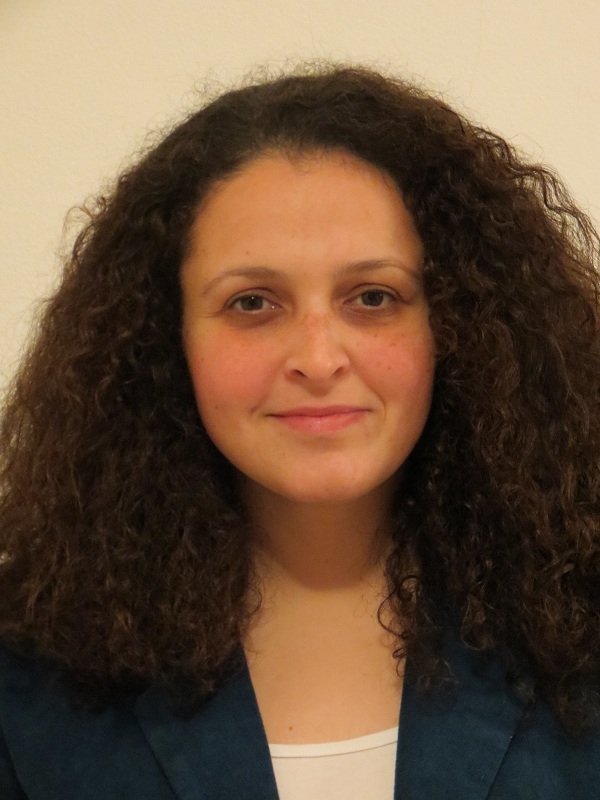
By Dr Cesar Chelala
Physical or sexual violence is a serious public health problem that affects more than one-third of all women globally, as was established in a report by the World Health Organization (WHO) in partnership with the London School of Hygiene & Tropical Medicine and the South African Medical Research Council.
The findings of the report “send a powerful message that violence against women is a global health problem of epidemic proportions,” says Margaret Chan, Director General of the WHO.
According to a WHO report, 35% of all women will experience either intimate partner or non-partner violence. Intimate partner violence is the most common kind of violence experienced by women worldwide, both in developing and in industrialised countries.
In Russia, more than 14,000 women are killed every year in acts of domestic violence. And in China, according to a national survey, one-third of the country’s 270m households cope with domestic violence. Domestic violence is also rife in most African countries.
According to a United Nations report, domestic violence in Zimbabwe accounts for more than six in ten murder cases in court. In Kenya and Uganda, 42% and 41% respectively of women surveyed reported having been beaten by their husbands.
Domestic violence is widespread in Arab countries. Studies carried out in the Arab world show that 70% of violence occurs in big cities, and that in almost 80% of cases those responsible are the heads of families, such as fathers or eldest brothers. Both fathers and eldest brothers, in most cases, assert their right to punish their wives and children in any way they see appropriate.
Because of the extent of this phenomenon, a global momentum for more effective action is building, according to the medical magazine the Lancet. In March 2013, 103 member states at the 57th session of the Commission on the Status of Women gathered at the United Nations headquarters in New York and agreed to end violence against women and girls and to protect their human rights and fundamental freedoms.
Female victims of violence suffer a wide variety of health problems such as organ and bone damage, miscarriage, exacerbation of chronic illness, gynaecological problems, and sexually transmitted diseases including HIV/AIDS. In addition, they are more susceptible to a variety of mental health problems such as depression, post-traumatic stress disorder, sleep and eating disorders, emotional distress and suicide.
The percentage of women worldwide who are beaten during their pregnancy is between 25% and 45%. The harmful effects of domestic violence against women also extend to their children. Children who grow up in families where there is domestic violence are prone to a wide range of behavioural and emotional disturbances. One of three abused children becomes an adult abuser or victim. Domestic violence by a partner has also been associated with higher rates of infant and child mortality and morbidity.
Violence against women also has a high economic cost for society. The Centers for Disease Control and Prevention (CDC) estimates the cost of the consequences of violence against women at $37bn annually. This violence results in almost two million injuries and nearly 1,300 annual deaths.
In addition to the WHO, domestic violence as a public health issue has been recognised by organisations such as the Inter-American Commission of Women of the Organization of American States (OAS). “Health systems should be the main door for detection, treatment and support for victims of violence against women,” states Carmen Barroso, Director of the International Planned Parenthood Federation’s Western Hemisphere. However, the response continues to be inadequate. There are more animal shelters than shelters for battered women in the US.
Ending global violence against women will require passing and systematically enforcing appropriate legislation. It also demands that we educate our societies on the value of women and children. Promoting gender equality globally may be the best prevention against future violence.
Cesar Chelala, MD, PhD, is the author of “Maternal Health” and “Adolescents’ Health,” both publications of the Pan American Health Organization.


